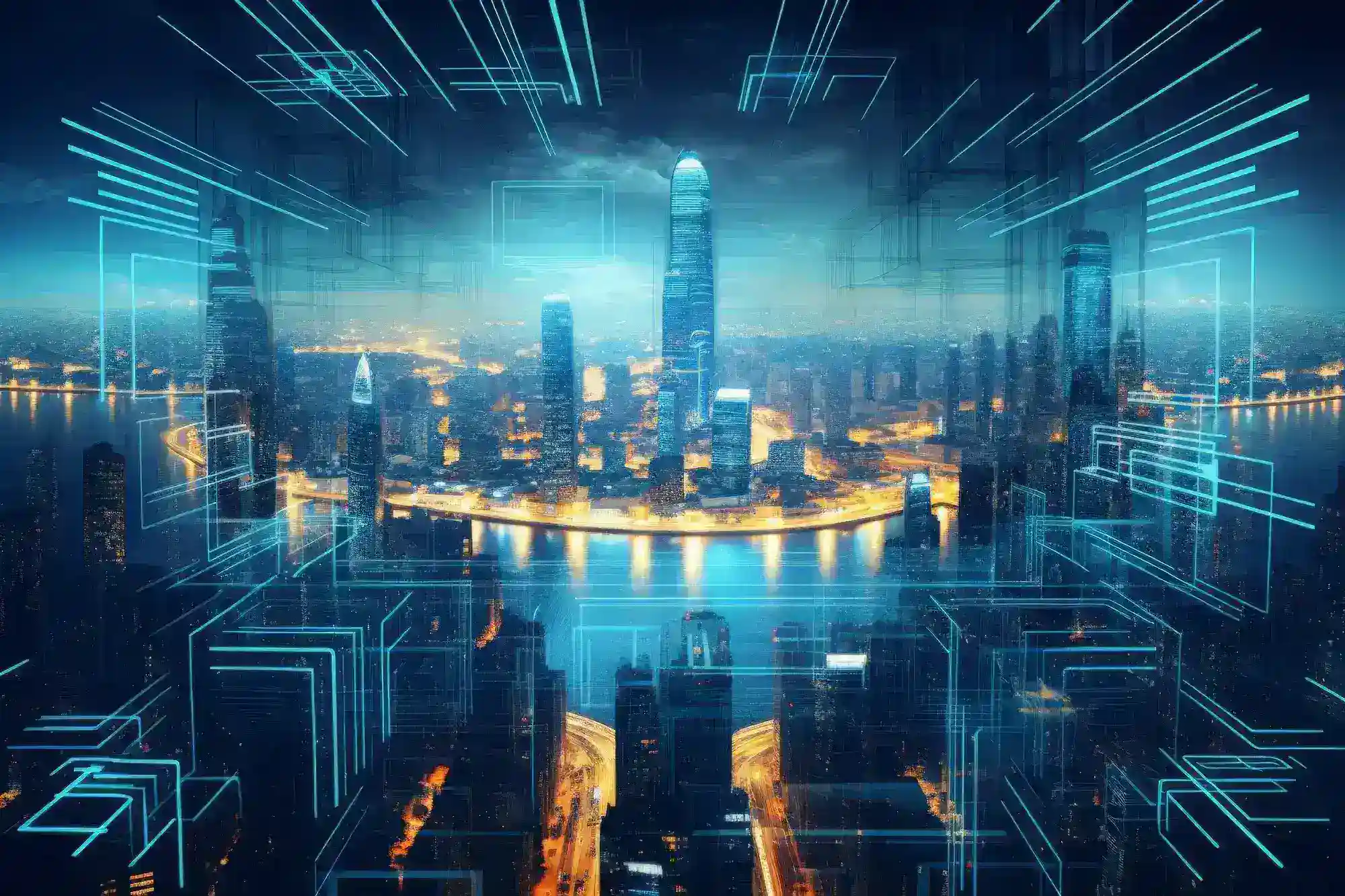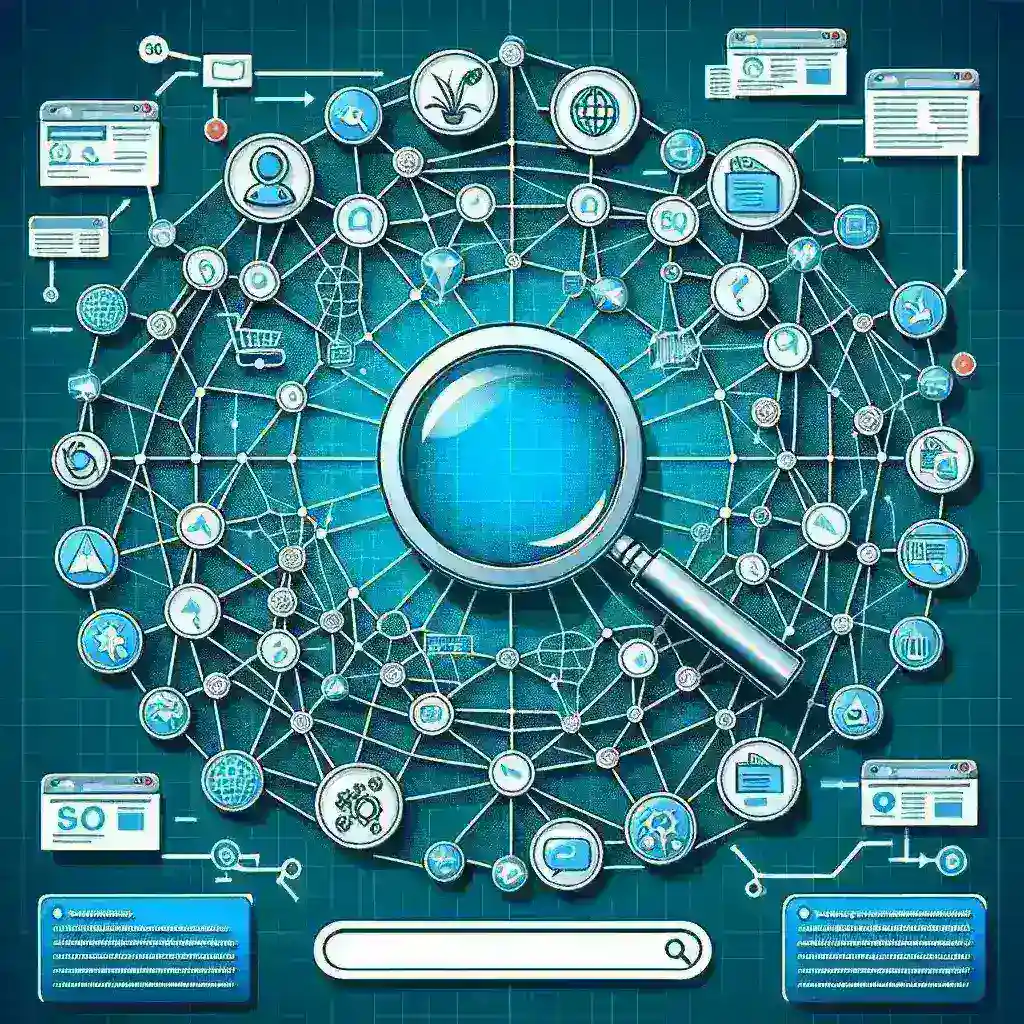Urban planning and development are experiencing a profound transformation thanks to the rise of digital twins. This innovative technology provides a digital replica of physical objects or systems, enabling real-time simulation and analysis. In this article, we will explore the concept of digital twins, their impact on urban planning, their various applications, and the challenges and future trends associated with them.
What Are Digital Twins?
To grasp the significance of digital twins, let’s first understand what they are. A digital twin is essentially a virtual model that mirrors a physical asset, system, or process. This model is continually updated with real-time data from sensors and other sources, allowing it to reflect the current state of its real-world counterpart.
How Digital Twins Work
Digital twins function through a series of integrated steps:
- Data Collection: Sensors and IoT devices gather data from the physical object or system.
- Real-Time Updates: The collected data is used to update the digital model in real-time.
- Simulation and Analysis: Various scenarios are simulated within the virtual model to predict outcomes and analyze performance.
This process enables users to interact with and manipulate the virtual model, providing valuable insights into the physical asset’s behavior and performance.
The Impact of Digital Twins on Urban Planning
Urban planning is the process of designing and managing how land and infrastructure are utilized within cities. The advent of digital twins has brought significant changes to this field by enhancing visualization and improving decision-making capabilities.
Enhanced Visualization
Digital twins offer a major advantage through their ability to provide detailed and interactive visualizations of urban environments. This technology enables planners to preview the effects of proposed changes before they are physically implemented. By creating intricate three-dimensional models of urban spaces, digital twins allow planners to closely examine various elements of the city. Moreover, these models come with interactive features that let users explore different scenarios and observe potential outcomes. For instance, digital twins can visually represent how a new building will impact the surrounding area or how changes in traffic flow might affect congestion.
Improved Decision-Making
Digital twins also significantly improve decision-making processes. They provide a platform for analyzing real-time data and testing multiple scenarios, which supports more informed and effective decision-making. Planners can simulate various strategies and evaluate their potential impact on the urban environment. Additionally, digital twins help in identifying potential risks and issues early, allowing these problems to be addressed before any physical changes are made. This capability results in reduced risks and increased efficiency in the planning process, as potential issues are identified early, minimizing the chances of costly mistakes and streamlining the overall process with immediate feedback and insights.
Applications of Digital Twins in Urban Development
Digital twins are revolutionizing urban development by offering innovative solutions across various domains. Their applications are broad and impactful, enhancing both the management of city resources and the planning of future developments.
Smart City Initiatives
Digital twins play a crucial role in smart city initiatives by integrating technology to optimize urban living. These cities leverage digital twins to manage resources efficiently and enhance the quality of life for residents. Here’s how digital twins contribute to smart city initiatives:
- Traffic Management: Digital twins analyze real-time traffic data to optimize traffic flow. By adjusting traffic signals and routes based on current conditions, they help reduce congestion and improve travel efficiency. This capability is essential for managing urban mobility and minimizing delays.
- Energy Usage: Monitoring energy consumption patterns through digital twins leads to more efficient energy use. By identifying areas where energy is wasted, cities can implement strategies to reduce consumption and lower costs. This not only helps in conserving resources but also supports sustainability goals.
Smart City Applications:
| Application | Function |
| Traffic Optimization | Adjusts traffic signals and routes based on real-time traffic conditions. |
| Energy Management | Monitors and manages energy use, leading to reduced waste and lower costs. |
Infrastructure Maintenance
Maintaining city infrastructure is vital for ensuring its longevity and operational efficiency. Digital twins offer significant advantages in monitoring and maintaining infrastructure by providing real-time data and predictive insights. Here’s how digital twins assist in infrastructure maintenance:
- Predictive Maintenance: By analyzing data from digital twins, planners can anticipate when maintenance is required. This proactive approach allows for timely repairs and minimizes the risk of unexpected failures, extending the lifespan of infrastructure components.
- Condition Monitoring: Continuous monitoring of infrastructure through digital twins ensures that components are in good condition and functioning properly. This real-time oversight helps identify potential issues early, allowing for prompt intervention and maintenance.
Challenges and Considerations
While digital twins offer numerous benefits, their implementation comes with challenges that need to be addressed to ensure successful integration and operation.
Data Security
With the integration of real-time data into digital twins, ensuring data security becomes a critical concern. Protecting sensitive information from unauthorized access and breaches is essential. Key considerations include:
- Cybersecurity Measures: Implementing robust cybersecurity protocols to protect data from unauthorized access and potential breaches is crucial. This involves using encryption, secure communication channels, and regular security updates.
- Access Controls: Limiting access to sensitive information to authorized personnel only helps in maintaining data integrity and security. Establishing strict access controls ensures that only those with the necessary permissions can interact with or view the data.
Data Security Measures:
| Measure | Purpose |
| Encryption | Protects data from unauthorized access and potential breaches. |
| Access Control Systems | Restricts access to sensitive data to authorized users only. |
Integration with Existing Systems
Integrating digital twins with existing urban planning systems can present challenges. Ensuring that new models work seamlessly with current infrastructure is crucial for effective implementation. Considerations include:
- System Compatibility: Digital twin models must be compatible with existing systems and processes. This involves testing and adapting models to fit within the current technological framework and ensuring that they interact effectively with other systems.
- Data Standardization: Standardizing data formats facilitates smooth integration between digital twins and existing systems. Adopting common data standards helps ensure interoperability and reduces the complexity of merging new models with current infrastructure.
Future Trends in Digital Twins for Urban Planning
The future of digital twins in urban planning promises to bring transformative changes, enhancing how cities are designed, managed, and experienced. As technology evolves, digital twins are expected to integrate advanced capabilities and foster greater involvement from the public.
Increased Use of AI and Machine Learning
The integration of artificial intelligence (AI) and machine learning into digital twins is set to revolutionize their functionality. These technologies will enable digital twins to process vast amounts of data with greater precision and efficiency. AI algorithms will analyze complex data patterns, offering deeper insights into urban dynamics and predicting future trends with higher accuracy. This enhanced analytical capability will allow urban planners to anticipate challenges and opportunities more effectively.
For example, AI-driven digital twins can simulate various scenarios, such as the impact of climate change on urban infrastructure or the effects of new transportation systems on traffic flow. Machine learning models will continuously improve their predictions as they process more data, leading to more reliable and actionable insights. This will not only streamline the decision-making process but also help in designing adaptive urban strategies that respond to emerging trends and conditions.
Greater Public Engagement
As digital twin technology advances, it will foster increased public engagement in urban planning. The development of more interactive and accessible digital models will allow residents to explore and interact with virtual representations of their cities. This will enable citizens to visualize proposed changes and understand their potential impacts on the community.
Public engagement through digital twins will take various forms. For instance, interactive platforms could be created where residents can provide feedback on urban development projects or suggest improvements. These platforms will enable citizens to simulate and visualize how different planning scenarios will affect their neighborhoods, thereby making the planning process more transparent and participatory.




